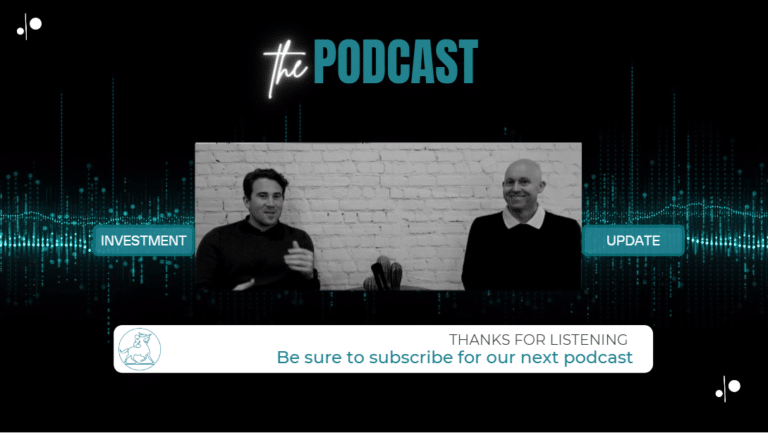Phone buzzing, emails constantly popping up, ongoing chats with colleagues, responding to meeting invites and all the while trying to work on that report. Sound familiar?
While we’ve all become reasonably proficient at multitasking in this digital age, numerous commentators are pointing to the toll the constant distractions are having on our productivity and the outcomes of our efforts. So, let’s look at the benefits of deep focus – uninterrupted time to work at your maximum potential and create quality work, faster.
What is deep work?
The notion of ‘deep work’ or an intense, productive focus, was first coined by computer science professor and author Cal Newport. Cal suggests that our online tools are making us lose the capacity for focus in a hyper-distracted world. He argues that for your brain to work at its maximum potential, you need to enter a state of focus, with no external distractions.
Multitasking as an impediment to productivity
While multitasking is an essential survival tool, it’s not great for your productivity to be in that state constantly.
When you switch between tasks – for example responding to an ‘urgent’ email while drafting a proposal – some of your attention remains on the previous task so you are still mulling over the email when you go back to your proposal. This is known as attention residue, and it impedes productivity. Research shows that it can take more than 20 minutes to get your train of thought back on track and up to speed after an interruption, which could mean if you are constantly responding to interruptions, you are never working at your full capacity.i
It’s also been demonstrated that not only do people take longer to complete tasks when multitasking, they are also far more likely to make mistakes, so accuracy plummets when you are hopping from one thing to the other.ii
Why is deep focus so effective?
Each time you practice deep focus, leads to more effective learning. When you concentrate deeply on a single task, your brain creates pathways to consolidate and reinforce learning which means you are literally rewiring your brain to help you perform at an optimal level.iii
How to dive deeper
Ok, I hear you saying. This all sounds great but how do I fit this into my already busy life when finding an interrupted block of time feels next to impossible?
Once you start to use deep flow as part of your daily routine you may find that you are accomplishing more and getting through your workload a little faster, given the productivity benefits so you’ll free up time.
It’s important to schedule and prioritise how you are spending this precious deep focus time to maximise the benefits. One way to achieve deep focus can be to schedule regular blocks of time to dedicate to important tasks that require focus, followed by short breaks.
A time management technique known as the Pomodoro technique suggests that the optimal time for concentration is 25 minutes, followed by a short five-minute break. Don’t feel that you must set a timer if that feels too restrictive for you, as you can adjust the timings to suit you and your workflow. The idea is to set aside blocks of time and impose time limits on your tasks to focus, taking breaks in between bouts of intense focus to refresh yourself.
Consider when you are at your best to undertake these important deep flow tasks – whether its first thing in the morning, after a bite to eat at lunch, or later in the day.
It’s also important to accept that interruptions will inevitably happen and try not to get angry or upset as that will derail your train of thought.
Finally, don’t be afraid to play around with what works for you and experiment with adding some deep flow into your work processes. You’ve got nothing to lose and everything to gain. So, what are you waiting for – turn that phone onto silent mode and dive deep!
i https://ics.uci.edu/~gmark/chi08-mark.pdf
ii https://news.stanford.edu/2020/10/28/poor-memory-tied-attention-lapses-media-multitasking/
iii https://psycnet.apa.org/







































































